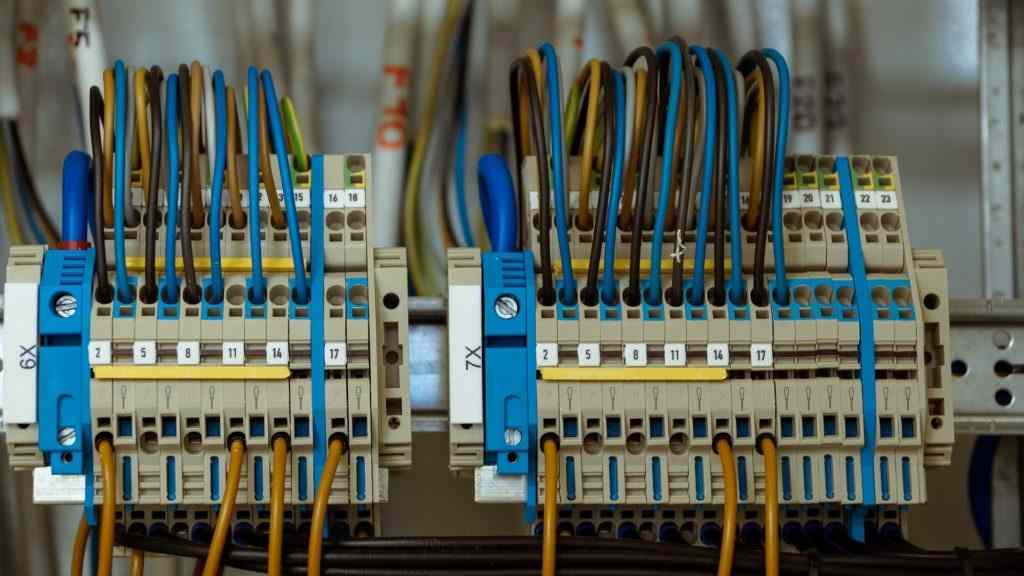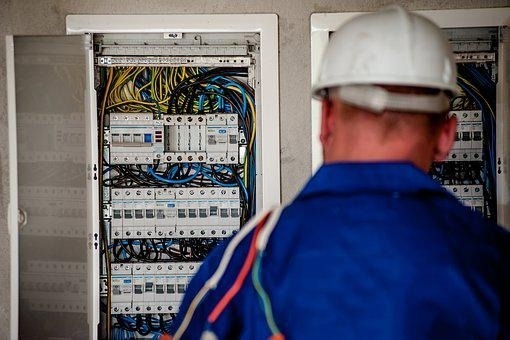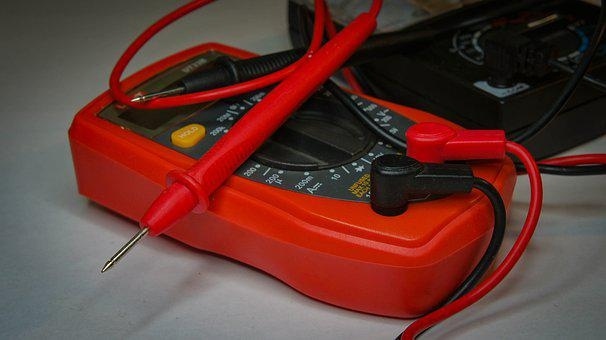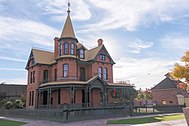Electrician in Kirkland
Electrician Kirkland
In most cases, electricians obtain their education on the job. They often complete an apprenticeship program, which lasts four or five years. Apprentices must be 18 years old and have taken at least one year of algebra. Apprentices must also pass an aptitude test and a substance abuse screening before they can begin working as an electrician. Once they're licensed, they can then work as electricians. Qualifications of an electrician in your community include:
Electrician in Kirkland
Electricians Kirkland
You can hire a part-time or full-time electrician. Check their credentials before you hire an electrician. While being a licensed electrician is essential, it's not all that important. You should also consider other factors like reputation, experience, and skill level. It is best not to hire the cheapest electrician. Instead, find a skilled professional with a track record in the field.
Electrician in Kirkland
Electrical Contractors have changed over time, making it difficult to create an organization structure that works. A business can adapt to its future growth and needs by having an organisation built around departmental management. Both short-term and long-term planning should be done. Peter Drucker, an American philosopher and author, stated that long-range planning does not plan for the future. It is about the present.


Electricians Kirkland
For safety reasons, it is important to get an electrical inspection before you sell your house. A bad electrical system can lead to fires or other catastrophes. An electrical problem in a house is the main cause of fires, which accounts for 57% of all home fires that occurred between 2010 and 2014. It is essential to have your house professionally inspected before you sell it. If in doubt, contact an electrician licensed to inspect it.
Kirkland Electrician
An electrical safety inspection is a must for anyone who owns a home. You could end up paying a lot of money if you don't do it. A thorough inspection will identify any potential safety hazards that should be addressed or replaced. This inspection could save you money on repairs or property damage. What exactly is an electric safety inspection? Here's what to expect. Below are some of its advantages.

Electrician Kirkland AZ
Such professionals will ensure that the wiring and equipment comply with all electrical codes and regulation, while at the same time providing affordable and reliable services. If electrical contractors are unable to provide you with clear answers, this could be a sign of their inability and you may opt to consider others.
Electricians Kirkland Arizona
Electrical wiring techniques vary based on the size and shape of the installation. You may use the simplest form of cable, consisting of two insulated conductors twisted together, in control and extra-low-voltage signal applications, such as doorbell wiring. Historically, insulated conductors were pulled through the gas pipes when converting gas lighting installations to electric lighting. However, this procedure can cause damage to the insulating material, due to the sharp edges of the pipes.

About Phoenix AZ
Phoenix, Arizona
|
Phoenix, Arizona
|
|
|---|---|
| City of Phoenix | |
|
Clockwise, from the top: Downtown Phoenix, St. Mary's Basilica, Rosson House, Mystery Castle, Camelback Mountain, Arizona State Capitol, Arizona Science Center, Chase Tower, and the Papago Park
|
|
|
|
|
| Nickname(s):
"Valley of the Sun", "The Valley"
|
|

Interactive map of Phoenix
|
|
Coordinates:  33°26′54″N 112°04′26″WCoordinates: 33°26′54″N 112°04′26″WCoordinates:  33°26′54″N 112°04′26″W 33°26′54″N 112°04′26″W |
|
| Country | United States |
| State | Arizona |
| County | Maricopa |
| Settled | 1867 |
| Incorporated | February 25, 1881 |
| Founded by | Jack Swilling |
| Named for | Phoenix, mythical creature |
| Government | |
| • Type | Council-Manager |
| • Body | Phoenix City Council |
| • Mayor | Kate Gallego (D) |
| Area | |
| • State Capital | 519.28 sq mi (1,344.94 km2) |
| • Land | 518.27 sq mi (1,342.30 km2) |
| • Water | 1.02 sq mi (2.63 km2) |
| Elevation | 1,086 ft (331 m) |
| Population
(2020)
|
|
| • State Capital | 1,608,139 |
| • Estimate
(2021)[3]
|
1,624,569 |
| • Rank | 5th in the United States 1st in Arizona |
| • Density | 3,102.92/sq mi (1,198.04/km2) |
| • Metro | 4,845,832 (11th) |
| Demonym | Phoenician |
| Time zone | UTC−07:00 (MST (no DST)) |
| ZIP Codes |
85001–85099
|
| Area codes | |
| FIPS code | 04-55000 |
| GNIS ID(s) | 44784, 2411414 |
| Major airport | Phoenix Sky Harbor International Airport |
| Secondary Airports | Deer Valley Airport Phoenix–Mesa Gateway Airport |
| Interstates | |
| U.S. Highways | |
| State Routes | |
| Public transportation | Valley Metro |
| Website | www |
Phoenix (/ˈfiːnɪks/ FEE-niks; Navajo: Hoozdo; Spanish: Fénix or Fínix,[citation needed] Walapai: Banyà:nyuwá[5]) is the capital and most populous city of the U.S. state of Arizona, with 1,608,139 residents as of 2020.[6] It is the fifth-most populous city in the United States,[7] and one of only two U.S. state capitals with a population of more than one million residents, along with Austin, Texas.[8][9][10]
Phoenix is the anchor of the Phoenix metropolitan area, also known as the Valley of the Sun, which in turn is part of the Salt River Valley. The metropolitan area is the 11th largest by population in the United States, with approximately 4.85 million people as of 2020.[9] Phoenix, the seat of Maricopa County, has the largest area of all cities in Arizona, with an area of 517.9 square miles (1,341 km2), and is also the 11th largest city by area in the United States.[11] It is the largest metropolitan area, both by population and size, of the Arizona Sun Corridor megaregion.
Phoenix was settled in 1867 as an agricultural community near the confluence of the Salt and Gila Rivers and was incorporated as a city in 1881. It became the capital of Arizona Territory in 1889.[12] It is in the northeastern reaches of the Sonoran Desert and has a hot desert climate.[13][14] Despite this, its canal system led to a thriving farming community with the original settlers' crops remaining important parts of the Phoenix economy for decades, such as alfalfa, cotton, citrus, and hay.[15][16] Cotton, cattle, citrus, climate, and copper were known locally as the "Five C's" anchoring Phoenix's economy. These remained the driving forces of the city until after World War II, when high-tech companies began to move into the valley and air conditioning made Phoenix's hot summers more bearable.[17]
The city averaged a four percent annual population growth rate over a 40-year period from the mid-1960s to the mid-2000s.[18] This growth rate slowed during the Great Recession of 2007–09, and has rebounded slowly.[19] Phoenix is the cultural center of the state of Arizona.[20] Phoenix is also majority minority, with 42.6% of its population identifying as Hispanic and 42.5% as "white" in the 2020 census.[21]










